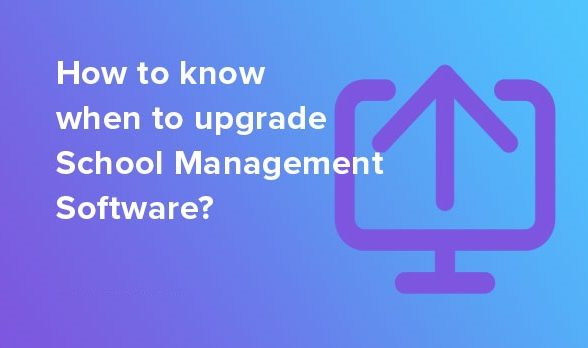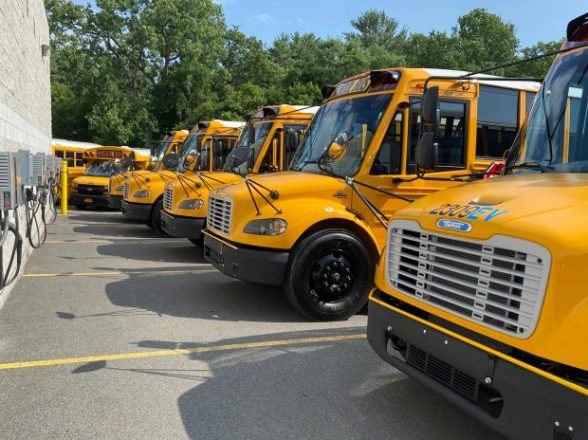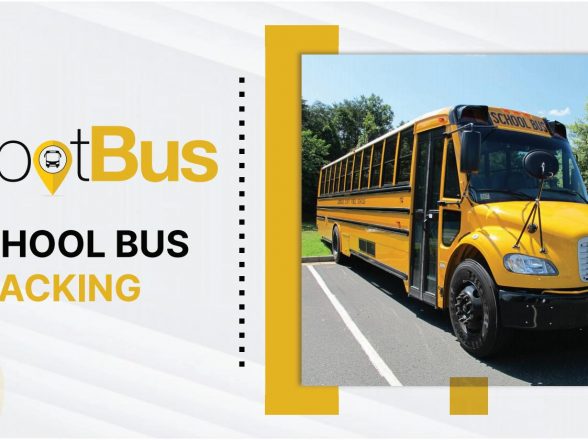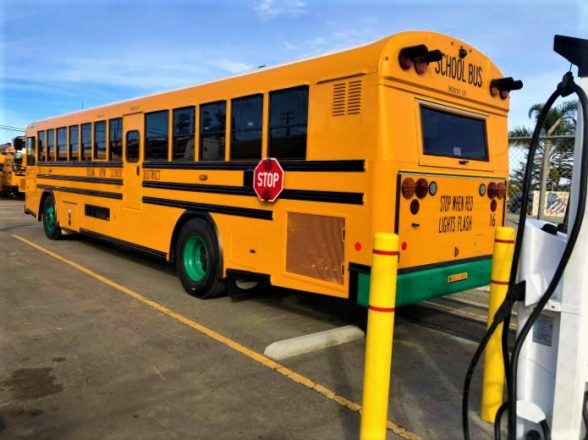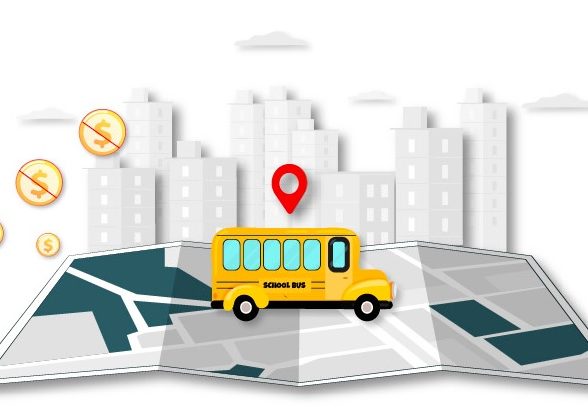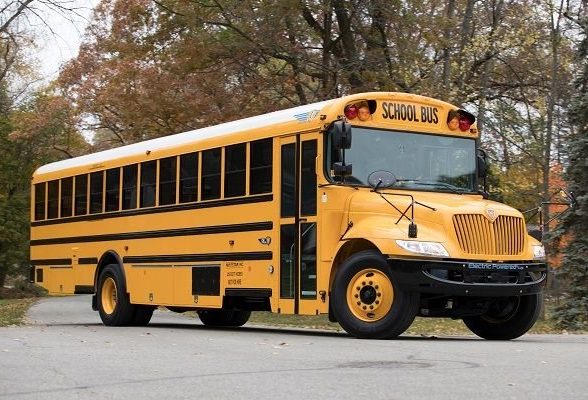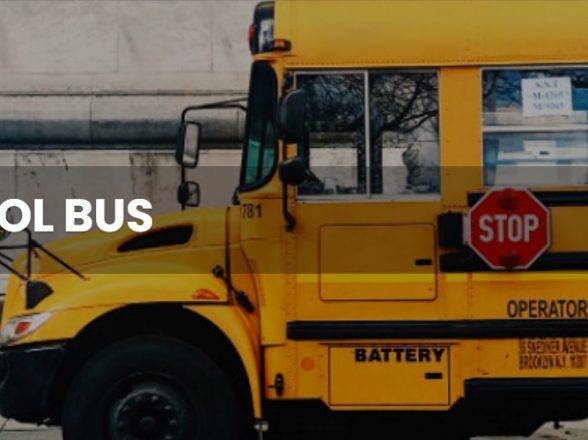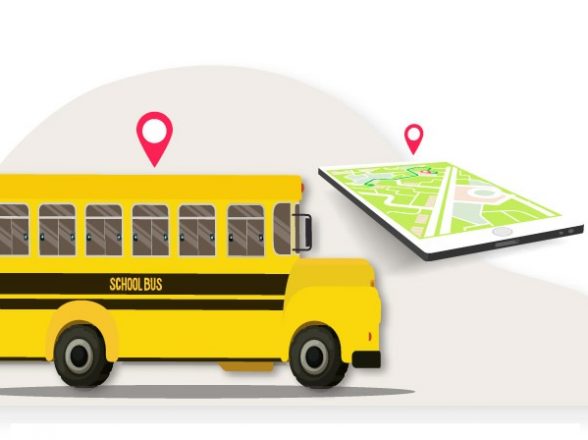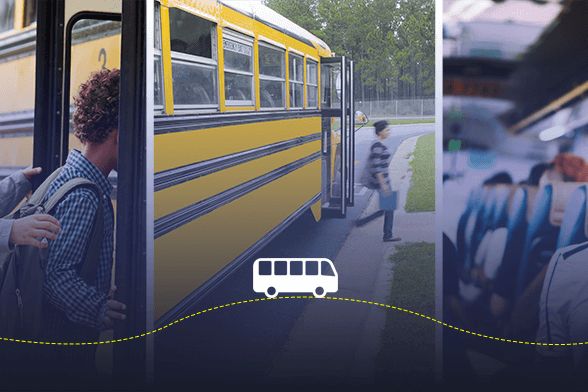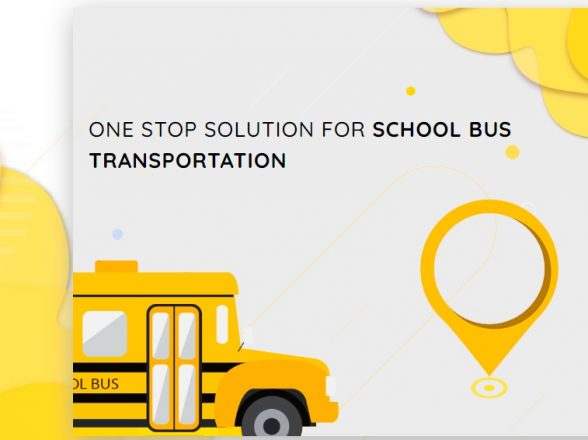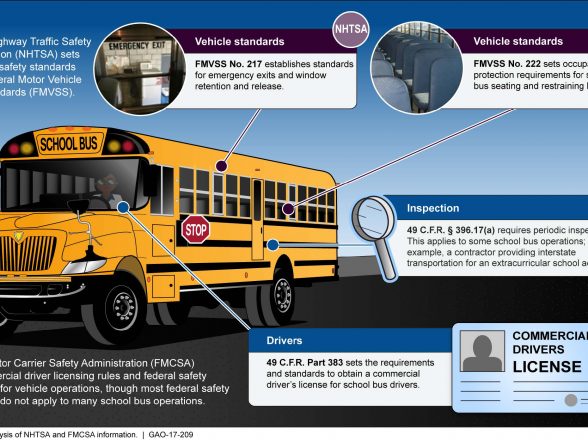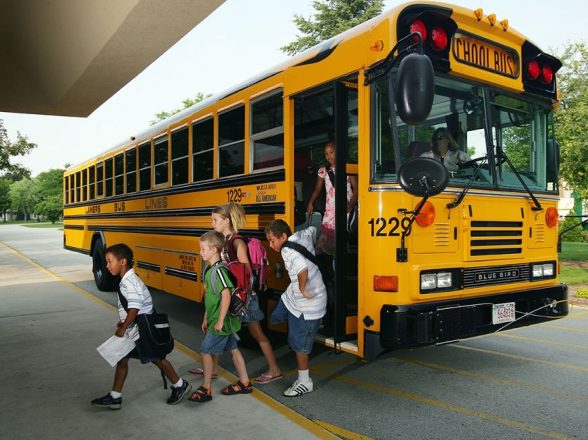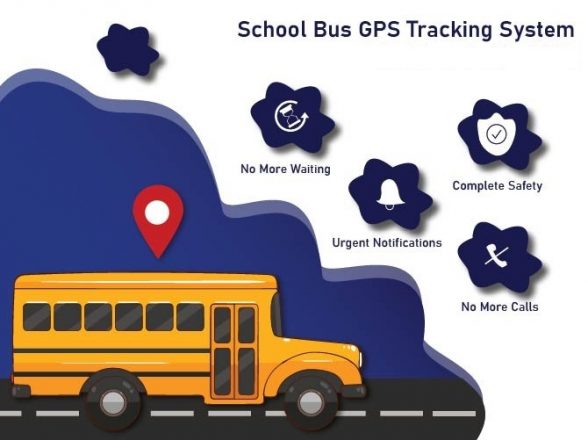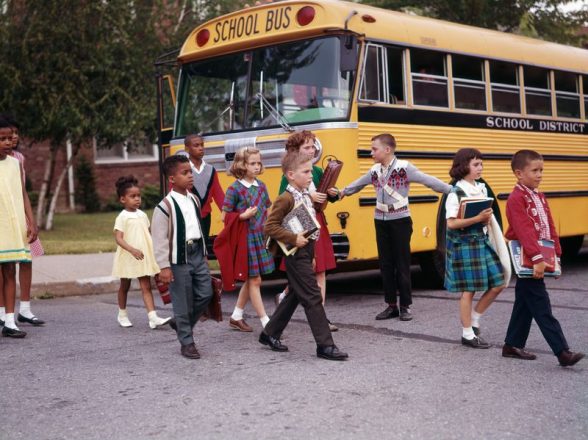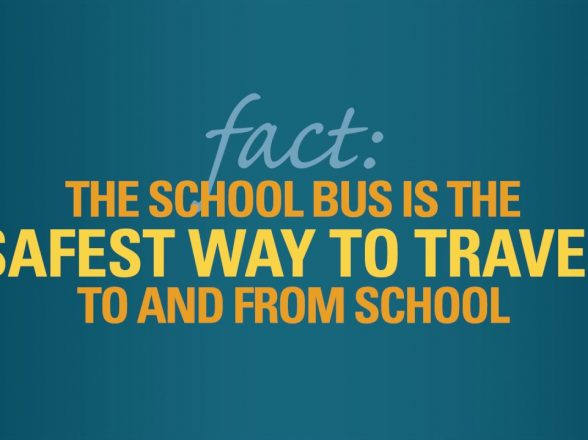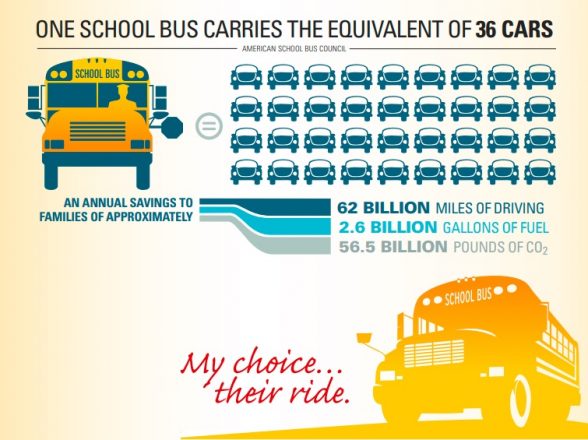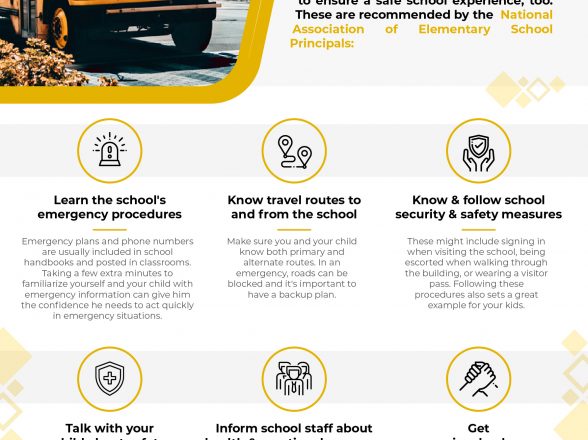Enhancing Safety and Efficiency: The Evolution of School Bus Tracking Systems
In the realm of school transportation, ensuring the safety and efficiency of student commutes is paramount. School bus tracking systems have emerged as a transformative solution, leveraging technology to revolutionize the way schools manage their transportation operations. From optimizing routes to monitoring student ridership and enhancing communication between stakeholders, these systems play a pivotal role in modernizing school transport. Let’s delve into the key features and benefits of school bus tracking systems and their impact on school transportation.
Real-Time School Bus Tracking:
School bus tracking systems provide real-time visibility into the location and movement of buses, enabling administrators, parents, and drivers to monitor routes and schedules. Equipped with GPS technology, these systems offer accurate and up-to-date information on bus whereabouts, allowing for proactive management of transportation logistics. By tracking buses in real-time, schools can optimize routes, minimize delays, and respond promptly to any emergencies or deviations from the planned schedule, enhancing overall safety and efficiency.
Efficient Student Ridership Management:
Managing student ridership is a complex task that requires careful coordination and optimization. School bus tracking systems streamline this process by providing tools for efficient student management. Administrators can track student attendance, assign seats, and ensure compliance with capacity limits, minimizing overcrowding and improving student safety during transit. By optimizing student ridership, schools can enhance the overall transportation experience and mitigate potential risks associated with overcrowded buses.
Streamlined Driver Management:
Effective driver management is essential for the smooth operation of school transportation systems. School bus tracking systems simplify this process by centralizing driver information, schedules, and performance data. Administrators can efficiently assign routes, monitor driver activity, and ensure compliance with safety regulations, fostering a safer and more efficient working environment for drivers. By streamlining driver management, schools can improve driver accountability and performance, ultimately enhancing the quality of transportation services.
Enhanced Parent Communication:
Clear and timely communication between schools, parents, and drivers is crucial for building trust and confidence in the school transport system. School bus tracking systems offer dedicated parent communication tools, such as notifications regarding bus arrivals, delays, and emergencies. Two-way communication channels enable parents to convey concerns or changes directly to the school or driver, facilitating transparency and collaboration among stakeholders. By enhancing parent communication, schools can address parental concerns and provide reassurance regarding student safety during transit.
Conclusion:
School bus tracking systems represent a significant advancement in school transportation, offering unparalleled safety, efficiency, and transparency. By providing real-time tracking capabilities, efficient student ridership management, streamlined driver management, and enhanced parent communication tools, these systems empower schools to optimize transportation operations and ensure the safety and well-being of students during transit. As schools continue to prioritize student safety and efficiency, school bus tracking systems emerge as indispensable tools for modernizing school transportation and providing students with a reliable and secure means of commuting to and from school.



